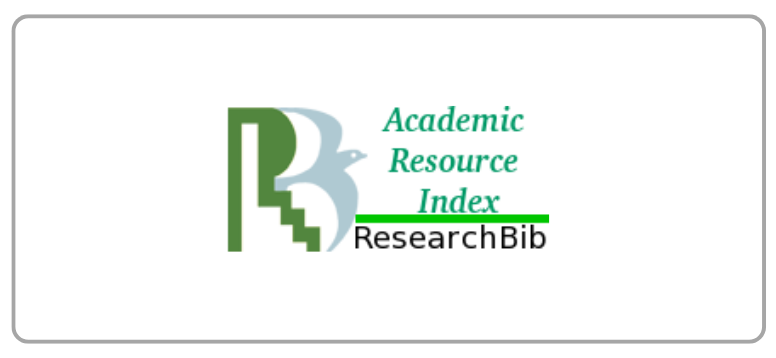Discursive Strategies on Ridwan Kamil’s Status Update: a Critical Discourse Analysis
DOI:
https://doi.org/10.21512/humaniora.v8i2.3893Keywords:
discursive strategies, social media, updated status, discourse analysisAbstract
The research was aimed to know the impact of a written expression through social media toward the people who read it. The analysis was performed in accordance with the theories of strategy, discourse analysis, and critical discourse analysis put by Wodak and Meyer (2001) and Renkema (2009), and the theories of internet and language by Crystal (2004). The data were taken from the page of Ridwan Kamil, Mayor of Bandung in that social media. The research needed to see the strategy in his status update (written expression). From the Critical Discourse Analysis (CDA) point of view, it can be understood the way people transfer their ideas and thoughts showed their power and influenced the people through some certain strategies. The results of the research show (1) all strategies are used in his status update, namely the referential/nomination, the predication, the argumentation, the perspectivation and the intensification strategies, (2) there are always some implicit and explicit intentions that are shared through the status update, and (3) there are some certain aspects that affect the readers of the status update.
Plum Analytics
References
Alazka, J. (2017, 18 January). Beruang Kelaparan di Kebun Binatang Bandung. Retrieved April 16th 2017 from http://www.bbc.com/indonesia/indonesia-38660339.
Andriyanto, H. (2016, 7 December). Kronologi Pembubaran Kebaktian KKR Natal Pendeta Stephen Tong di Bandung. Retrieved April 16th 2017 from http://www.beritasatu.com/nasional/403272-kronologi-pembubaran-kebaktian-kkr-natal-pendeta-stephen-tong-di-bandung.html.
Crystal, D. (2004). Language and the Internet. Cambridge: Cambridge University Press.
Facebook. (2017). Ridwan Kamil. Retrieved March 10th 2017 from https://www.facebook.com/Ridwan-Kamil-163237587161404/.
Jamilah, I., Akbar, K. F., Gunawan, M. A., Marantika, S. (2016). Political Communication, Social Media, and Public Sphere: An Analysis to A Phenomenon in Bandung towards Smart City. International Journal of Social Science and Humanity, 6(12), 923-928. Retrieved from www.ijssh.org/vol6/774-HS0043.pdf.
Munandar, H., & Suherman, M. (2016). Aktivitas Komunikasi Pemerintahan Ridwan kamil di Media Sosial. Prosiding Hubungan masyarakat, Unisba, 2(1), 423-430. Retrieved from karyailmiah.unisba.ac.id/index.php/humas/article/view/3270.
Puspitasari, S. N. (2016, 30 December). Ridwan Kamil Walikota Paling Banyak Diberitakan 2016. Retrieved March 10th 2017 from http://www.pikiran-rakyat.com/bandung-raya/2016/12/30/ridwan-kamil-wali-kota-paling-banyak-diberitakan-2016-389253.
Renkema, J. (2009). Discourse, Of Course: An Overview Research in Discourse Studies. Amsterdam: John Benjamins B.V.
Smallman, W. (2008). The beginner’s guide to social media. Retrieved from http://www.conceptsl.com/veille/Technologies%20et%20Internet/The_Beginners_Guide_to_Social_Media.pdf.
Susanto, E. (2014, 8 January). Kebun Binatang Surabaya Terkejam di Dunia, Kenapa? Retrieved April 16th 2017 from https://m.tempo.co/read/news/2014/01/08/206543092/kebun-binatang-surabaya-terkejam-di-dunia-kenapa.
Ten Have, P. (2007). Doing Conversational Analysis: A Practical Guide. USA: Sage Publishning.
Van Dijk, J. (2006). The Network Societies: Social Aspects of New Media-Second Edition. London: SAGE Publications Ltd.
Wodak, R., & Meyer, M. (2001). Methods of Critical Discourse Analysis. London: SAGE Publications Ltd.
Wulan, R. T. (2016, 12 May). Gajah Sumatera di Kebun Binatang bandung Mati Tak Terawat. Retrieved April 16th 2017 from http://www.voaindonesia.com/a/gajah-kebun-binatang-bandung-mati-tak-terawat/3326895.html.
Wulansari, I. (2014). Artikulasi Komunikasi Politik Ridwan kamil dalam Media Sosial Twitter. Ultimacomm, 6(2), 20-40. Retrieved from http://ejournals.umn.ac.id/index.php/Ilkom/article/view/413/371.
Downloads
Published
How to Cite
Issue
Section
License
Authors who publish with this journal agree to the following terms:
a. Authors retain copyright and grant the journal right of first publication with the work simultaneously licensed under a Creative Commons Attribution License - Share Alike that allows others to share the work with an acknowledgment of the work's authorship and initial publication in this journal.
b. Authors are able to enter into separate, additional contractual arrangements for the non-exclusive distribution of the journal's published version of the work (e.g., post it to an institutional repository or publish it in a book), with an acknowledgment of its initial publication in this journal.
c. Authors are permitted and encouraged to post their work online (e.g., in institutional repositories or on their website) prior to and during the submission process, as it can lead to productive exchanges, as well as earlier and greater citation of published work.
USER RIGHTS
All articles published Open Access will be immediately and permanently free for everyone to read and download. We are continuously working with our author communities to select the best choice of license options, currently being defined for this journal as follows: Creative Commons Attribution-Share Alike (CC BY-SA)
























